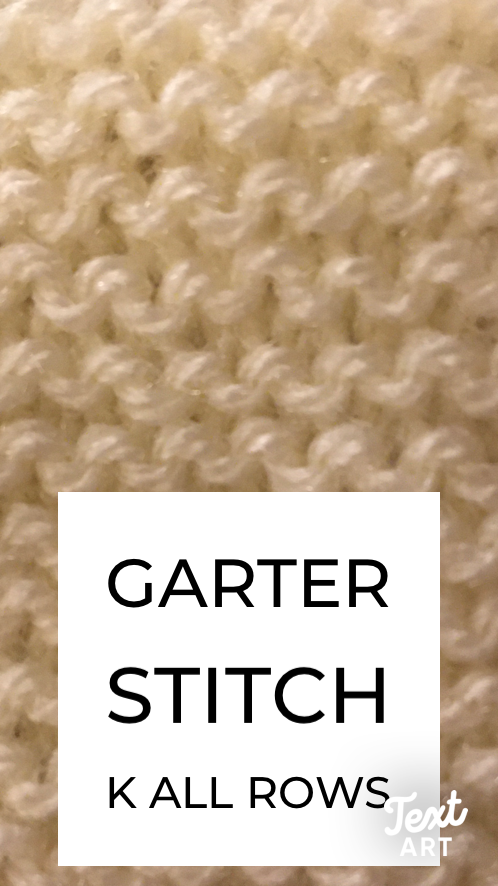Craft: Unlocking the Door to Wellbeing
Kay Dudman, Crafty Cavy
Did you know that craft not only offers you the opportunity to unleash your creativity, it’s also good for your health? It’s true! Several studies have shown that knitting and crochet can promote manual dexterity, improve memory, lower blood pressure and lift mood. It also encourages mindfulness, as you are focused on the task at hand and less distracted by what is going on around you. What further reasons do you need for starting a new project? Although the days are getting longer than they were in December, there is still a distinct nip in the air, so it’s an ideal time to take up knitting or crochet for practical reasons as well as all the other positive aspects.
At one time, knitting was a necessity for creating warm clothes; as knitting became mechanised the price of knitted garments fell and availability increased. The first knitting machine design was put forward during the reign of Queen Elizabeth I, although a patent was not granted. Knitting moved from being a cottage industry to being made in factories in the mid-nineteenth century. Knitting has waxed and waned in popularity from providing comforts for the troops in the first and second world wars, to appearing in haute couture fashion collections. The “twin set and pearls” was a fashion staple, with home knitters following commercial patterns or purchasing ready-made items. At the luxury end of the market, commissions could be made-to-measure for individual clients.
If your thoughts are turning to knitting, you only require two knitting needles to make a wide range of simple or intricate designs. It’s also possible to use circular needles or sets of four double-pointed needles. The simplest of all patterns is basic garter stitch (every stitch in every row is a knit stitch). A long and luxurious scarf can be made in garter stitch, in one plain colour or in blocks of toning or contrasting colours (think of Tom Baker’s incarnation of Dr Who!). This fundamental knitting stitch can be used to make scarves, blankets, shawls, mittens or hats. Plain items can be embellished with embroidery or pom-poms.
Here are some simple garter stitch patterns to get you started! All use 100g double knitting yarn and can be made with size 4mm or 3.5mm knitting needles. Tension is not vital.
Scarf Cast on 25 stitches. Knit every row until scarf is required length. Cast off. Sew in ends.
Cowl Cast on 42 stitches (for a deeper cowl, cast on more stitches). Knit every row until piece is 50 cm or 20 inches from the beginning. Cast off. Sew in ends, sew cast on edge to cast off edge.
Mittens Cast on 30 stitches. Knit every row until piece fits around the widest part of the hand (18-23 cm or 7-9 inches). Sew in ends, sew cast on edge to cast off edge, leaving a gap of 5cm or 2 inches for the thumb.


